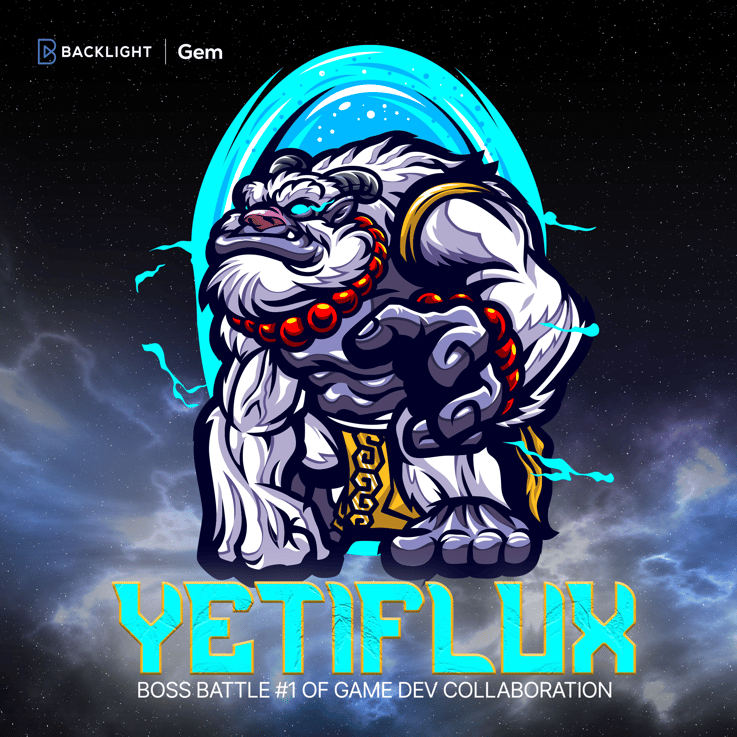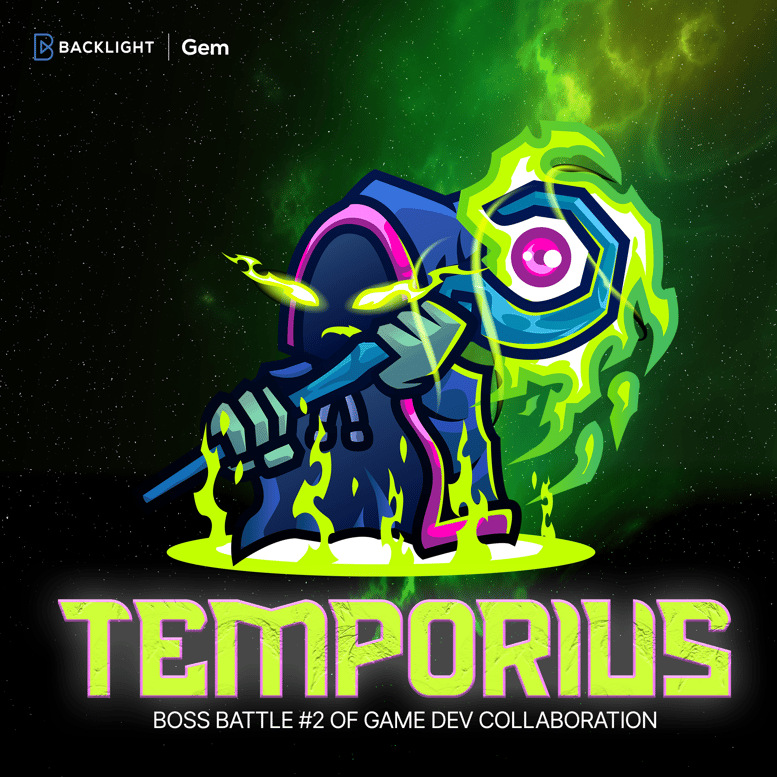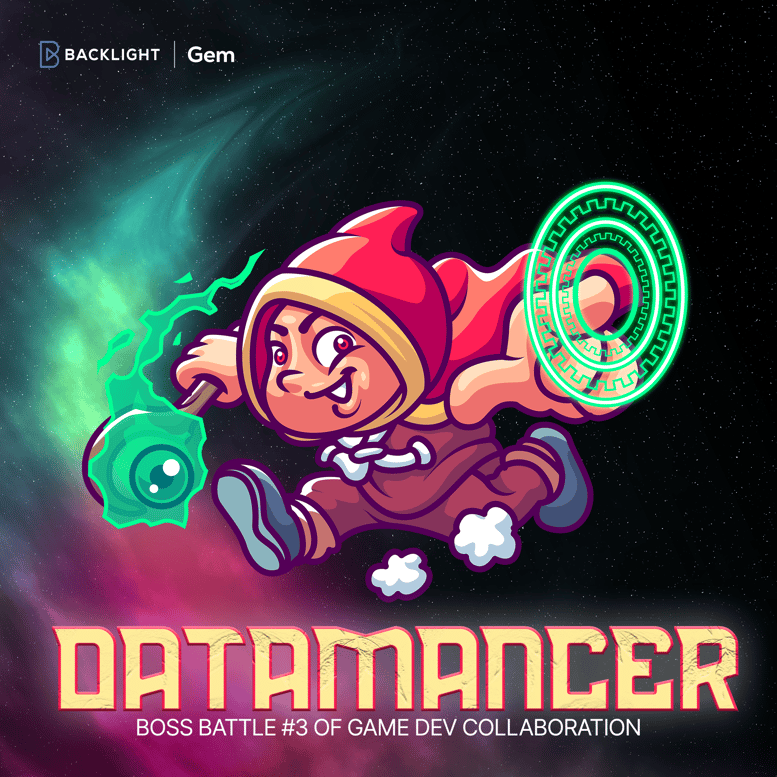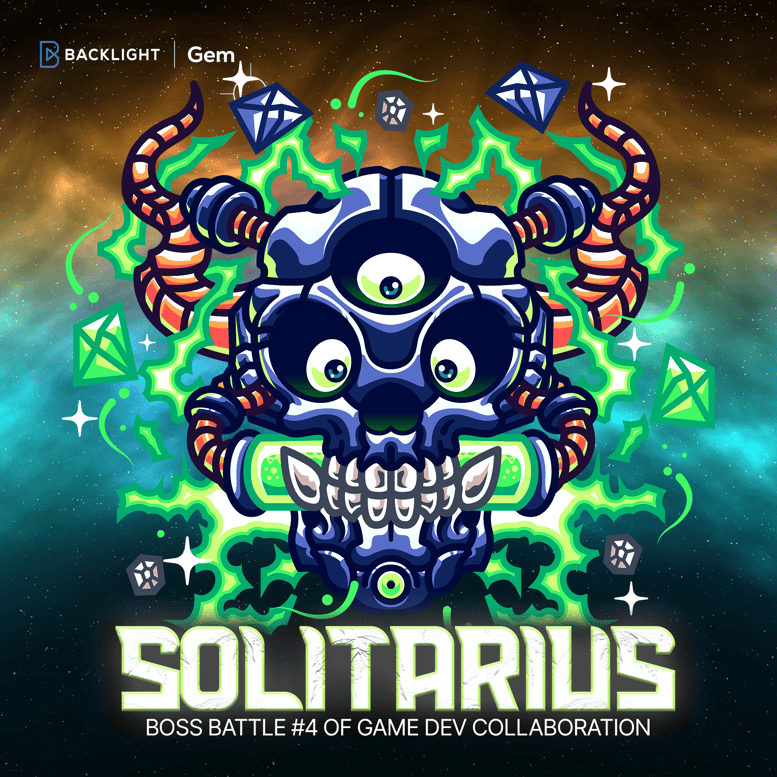Creating any digital product requires teams to work together, but the game development process is uniquely complex with sprawling interactive narratives and it requires collaboration at a higher level. But it isn’t easy, achieving deep collaboration in this industry takes a lot of effort.
Here are the four boss battles that studios need to fight in order to achieve game dev collaboration game, why they are difficult to subdue, and what you can do to triumph and unite your studio through production.
Boss Battle #1: Yetiflux, The Embodiment of the Wildly Iterative and Dynamic Nature of Games

Yetiflux exists because games evolve and change constantly during development—new ideas emerge, features are added or removed, and gameplay mechanics are refined. As a result, the development teams need to be responsive, collaborating well to ensure cohesive, consistent progress. This boss is a challenge because a single change can have sweeping effects throughout the rest of the production pipeline that can cause confusion and delays.
How to defeat this boss:
-
Bulk Editing Across Entire Narratives
To reduce the impacts of change, minimize the amount of work needed to accommodate change. Gem can do this by making bulk edits throughout an entire game narrative. Change dialogue, character names, assets, and Gem will automatically update all instances and transfer that new information through to the dev team as asset IDs. Those IDs are based on the text input to Gem’s script-style writing editor.
-
Integrated Tools to Sync Changes Across Dev Tools
Use solutions that have their own API so that you can synchronize content changes made by creative teams with external tools used by other teams for a streamlined content creation process. Automating the way that data and changes are carried through your pipeline is the ultimate finishing move for this boss.
Boss Battle #2: Temporius, The Phantom of Project-based Hires

Temporius emerged from the temporary and project-based hires that the game development industry relies on. Studios hire contractors or freelancers to fill specific roles during production. While this approach allows flexibility and scalability, it comes with its own set of challenges.
Temporary team members may not have knowledge of where information can be found, and who they can rely on for help—which can also delay their work. In some cases, temporary team members may not be as invested in projects, making it harder to establish the right kind of working relationships needed for trusted collaboration. The battle is to bring these people in, give them the ability to talk to others, and give them information and insight they need to work well.
How to defeat this boss:
-
Intuitive, User-Friendly Collaboration Platforms
Platforms that are easy to use and connect your team as they work are vital. Cloud-based platforms that have the ability to comment and tag other users will create the sense of collaboration everyone needs to have clarity and confidence about their work as they move through the narrative design process.
-
Greater Insight Into What Teammates Are Working On
In their quest to deliver results and hit the ground running, a new teammate can accidentally conflict with existing or ongoing work. Besides regular standups, there are a lot of ways to see at a glance what the team is working on at any given moment. In Gem, we do it with user presence. This allows users to see when other collaborators are working on specific narrative elements, removing the risk of version conflicts and confusion around what has been updated.
Boss Battle #3: The Datamancer, Eternal Record Keeper for the Endless Development Timeline

The Datamancer entered our world through the reality that game development is notorious for long timelines, and it is a struggle to keep up-to-date documentation and records. These lengthy projects only make collaboration and communication more challenging because people move as time goes on and the deeper you go into the development pipeline, the greater the potential is for errors because the number of assets and other elements has increased. The battle is to maintain records of revisions, processes, and goals so each person knows how to best complement the work of the rest of the team.
How to defeat this boss:
-
Documentation and Knowledge Exchanges
Creating a central hub for information, design documents, and project milestones will ensure continuity and facilitate collaboration, even as team members come and go.
-
Having an Established Source of Truth
Keep up-to-date versions of creative assets in one place to make it easy for anyone to be confident in knowing they are working on the correct versions. Some form of asset management with metadata tagging will make assets easy to find and save time.
Gem can serve your team as a source of truth for narrative data and script content. With its API, you can funnel this data down through your pipeline to other tools and asset repositories.
Boss Battle #4: Solitarius, The Secluded Sentinal of Work Silos

Departmental silos, where teams work independently with limited crossover with other departments can crush effective communication. Silos lead to information gaps, conflicting priorities, and a lack of understanding of the game's vision and goals.
Defeat this boss with a combination of strategies from previous boss battles.
- Collaboration Platforms
A platform that promotes collaboration and keeps teams working in concert with each other to leverage each other's efforts, leading to faster development and delivery of a rock-solid game. - Integrated Tools
Using tools with APIs will allow you to build powerful, custom integrations to make sure the most recent data is always available for teams, no matter where they sit in the development pipeline.
The Greatest Collaboration Strategy Will Harness the Full Might of Creative and Technical Teams 💎
Finding a solution that takes into consideration the needs of creative and technical teams will ultimately lead to supercharged collaboration that is intense and highly productive—and this is at the core of what Gem does for game studios.
By leveraging the Gem REST API, studios can facilitate smooth communication and data exchange between technical and non-technical teams. This allows data to pass from Gem to other software and services so that creative teams can do what they do best with all the correct data sent to the more technical teams.
If you want to deploy these strategies and improve collaboration for your team, request a Gem demo to learn how simple it can be.

